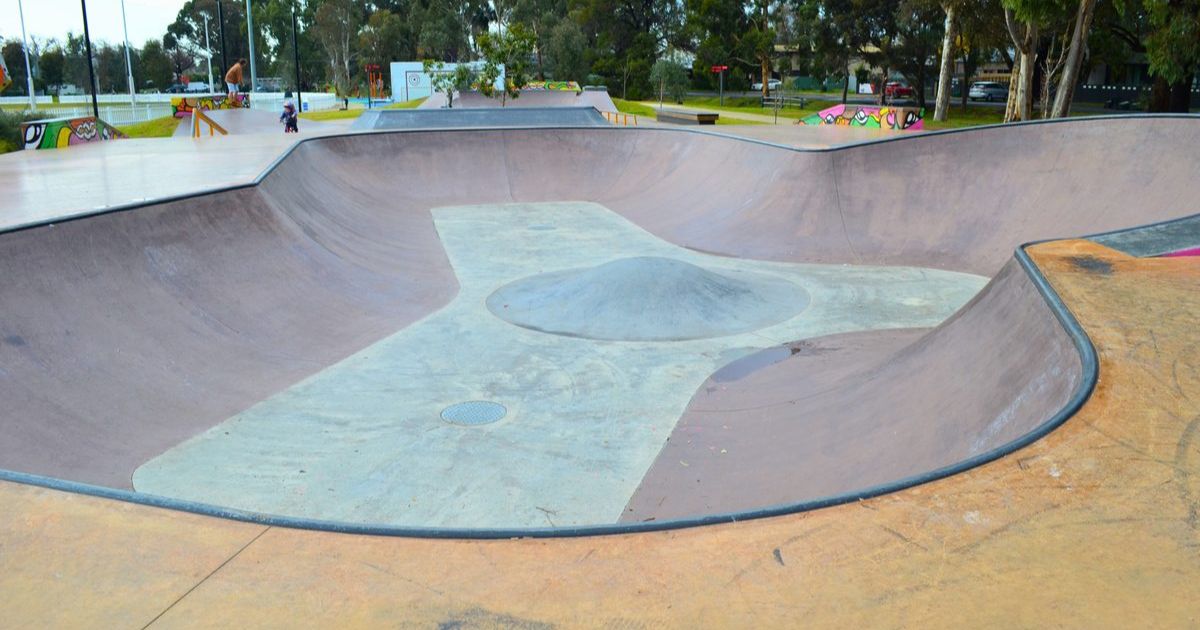Understanding The Process of Separation & Divorce In Australia

It is in the best interest of all involved if parents work out an arrangement that they can consistently commit to, whether it be shared parenting or allocating a primary caregiver with visitation allowances.
The process of separation and divorce can be a long, difficult road to navigate at the best of times. If you’re at this crossroads, chances are you’re filled with a myriad of different emotions, which can make handling all the legal challenges even more stressful.
But there is good news: while parting ways can be messy and the legal process may seem intimidating, having a basic understanding of the process — and knowing when to speak to a family lawyer — can lighten things up by illuminating what lies ahead.
Today, we’ll introduce the basic process of separation and divorce in Australia, offering you a guide that’s easy to understand and up to date with current laws and practices. Read on to find out more.
Separation: Legal Grounds for Separation or Divorce in Australia
Before proceeding with a divorce, you first want to speak to a family lawyer in Melbourne to better understand your legal situation.
Under Australian law, a couple must be separated for 12 months before they are able to lodge an application for divorce. The period of separation is treated as evidence that a marriage has irretrievably broken down — the sole grounds for divorce in this country. It is critical to point out that ‘separation’ does not always mean physically living in two separate homes. So long as you can show that the romantic relationship is over, two people can be separated while still living under one roof. For example, no longer sharing a bedroom, ceasing joint social activities and keeping finances separate all count as separation.
The one year waiting period has been established to provide both parties with time to consider their decision, thus ensuring that they are not just leaping into divorce without extensive thought. If children are involved, the waiting period also provides time to explore arrangements that minimise disruption in a child’s life.
An application for a divorce can be lodged with the Federal Circuit and Family Court after 12 months if there is no reasonable likelihood that you will ever get back together. Divorce applications come with a cost, but you may be eligible for reduced fees if you can prove financial hardship.
Filing for Divorce: The Steps Involved
Unlike other countries, filing for divorce in Australia is relatively simple. However, it does require some keen attention to detail. You can start by completing an e-form online through the Commonwealth Courts Portal. You can lodge either a sole application or joint application if it is an amicable divorce.
If you are filing for divorce by yourself, you must serve the other party — called the respondent — a copy of your divorce application. You can serve the papers either personally or by post, but remember to keep proof that you’ve done so. This proof can take the shape of an acknowledgment of service form that is signed by the respondent.
A hearing date is fixed after the divorce application has been lodged, but in most cases, neither party will need to attend court unless there are children under 18 involved, or the respondent contests the divorce. Assuming the paperwork is in order, and if you can prove to a court that you were separated for at least 12 months prior to filing the application, your divorce will be granted.
However, a divorce will only be deemed final one month after it has been granted. This ‘cooling off’ period provides time for any eleventh hour changes or appeals and ensures that both parties have time to consider the implications of their divorce. Neither party can marry again during this period.
Financial Settlements
Many people mistakenly believe that when a divorce is granted, all financial and property issues are also finalised automatically. This is far from the truth, because divorce and financial settlements are separate processes in Australia.
After a divorce is finalised, you have 12 months to commence proceedings for a financial settlement. During this stage, you’ll settle matters like property and asset division, liabilities and spousal maintenance, if relevant. It’s always a good idea to discuss financial matters sooner rather than later. A divorce also has implications for your will. Anything provision stating that you are leaving assets in your spouse’s name will be automatically nullified, unless explicitly stated otherwise. Separation does not affect your will.
It’s also important to note that the law does not automatically provide for a 50/50 split of property at the end of the marriage. Instead, the court will take into account factors such as the contribution each party has made (whether financial or non-financial) and their future needs, including caring for children.
Couples are advised to come up with an agreement either through personal negotiation or through a mediator in order to save time and resources on legal proceedings. If an agreement can’t be reached, the court decides on a fair and equitable division of assets.
Parenting Arrangements: Putting Children First
When couples separate or divorce, it’s vital to establish a parenting plan/arrangement. In Australian family law, plenty of emphasis is placed on the best interests of children. This means ensuring that kids have a meaningful relationship with both parents, as long as it’s safe and appropriate.
It is in the best interest of all involved if parents work out an arrangement that they can consistently commit to, whether it be shared parenting or allocating a primary caregiver with visitation allowances.
However, coming to these agreements can sometimes be challenging. If this is the case, parents may be required to attend family dispute resolution (FDR), a conflict resolution service to help parents reach agreements outside of the courtroom.
If FDR doesn’t work, the two parties will have to go to court, which will take the welfare of each child into account. Factors that will be considered include childrens’ relationship with each parent, the child’s preference (bearing in mind their age and maturity) and any past history of family violence or abuse.
Support During Separation or Divorce
Separation and divorce can take a massive emotional toll on all parties involved. But the good news is that you don’t have to go it alone. Getting help is crucial at this time, either from family, friends you trust or professionals like counsellors and therapists. Mental health support is crucial during trying times like a separation or divorce.
It’s also wise to seek legal advice as early as possible, even if your separation seems fairly amicable. A family lawyer can help you understand your rights, prepare the necessary documents and guide you through the process to avoid potential pitfalls.
~
Separation and divorce in Australia involve a series of steps that can be challenging to navigate, especially when emotions are running high. By gaining a better understanding of all the steps involved, you will be better able to set yourself up for an ideal outcome. It’s also a good idea to seek the advice of an experienced family lawyer who can guide you through the legal hurdles you’ll have to pass.
Above all, remember that you don’t need to carry the entire burden on your own — find the right support and prepare for a better future for yourself.
//SPONSORED CONTENT


















